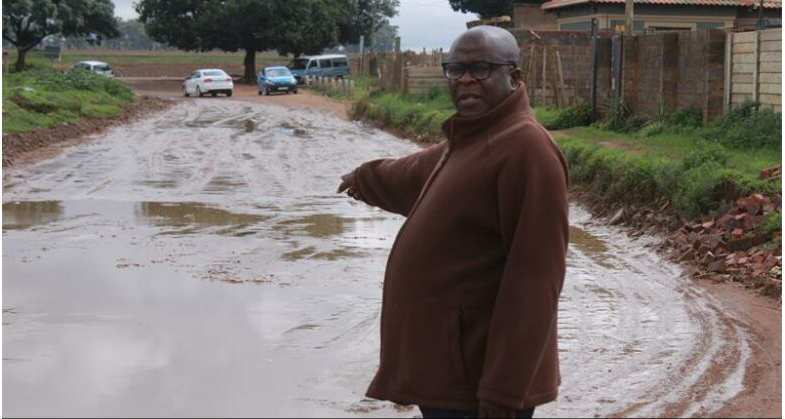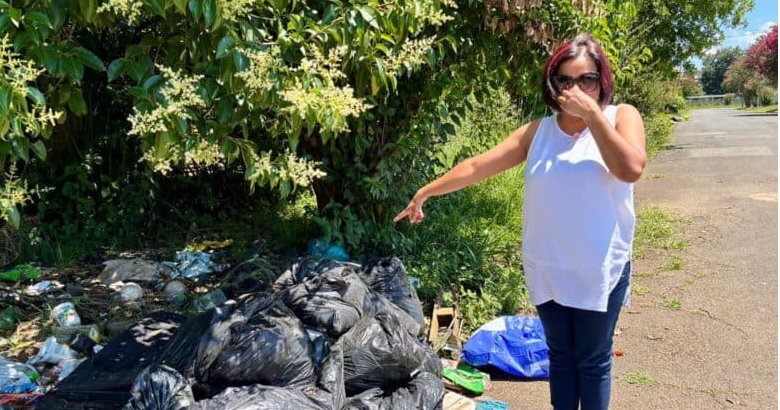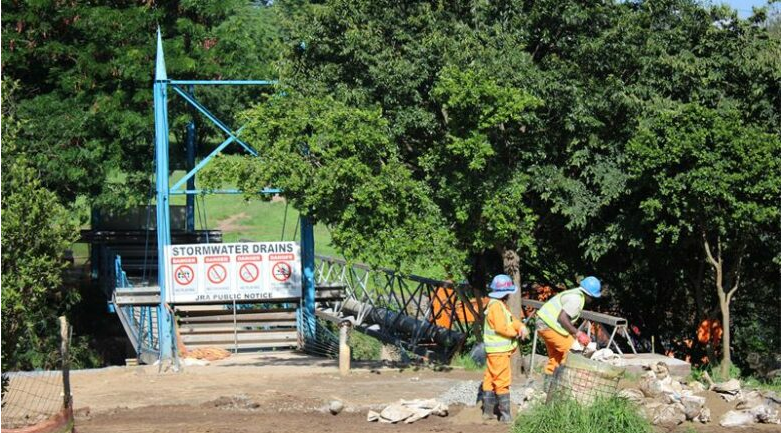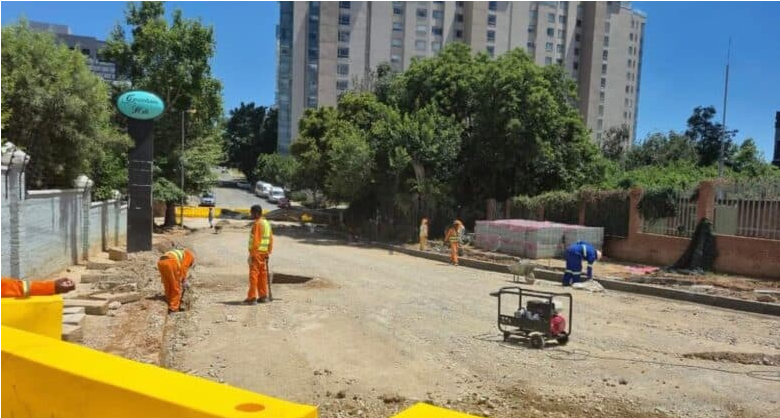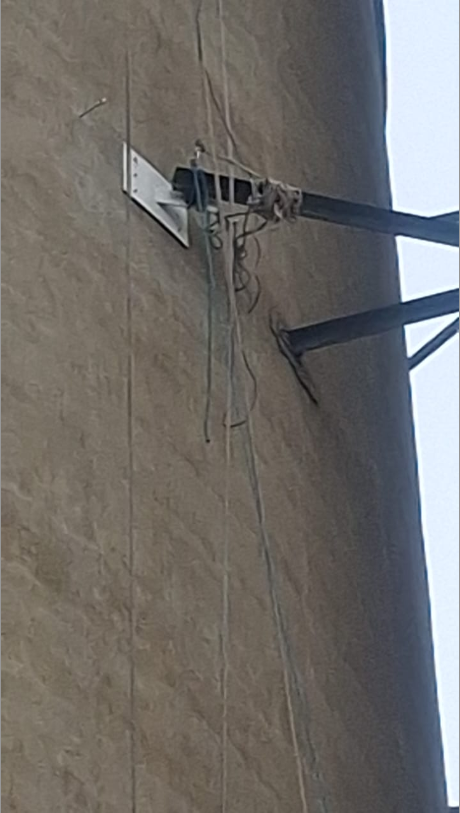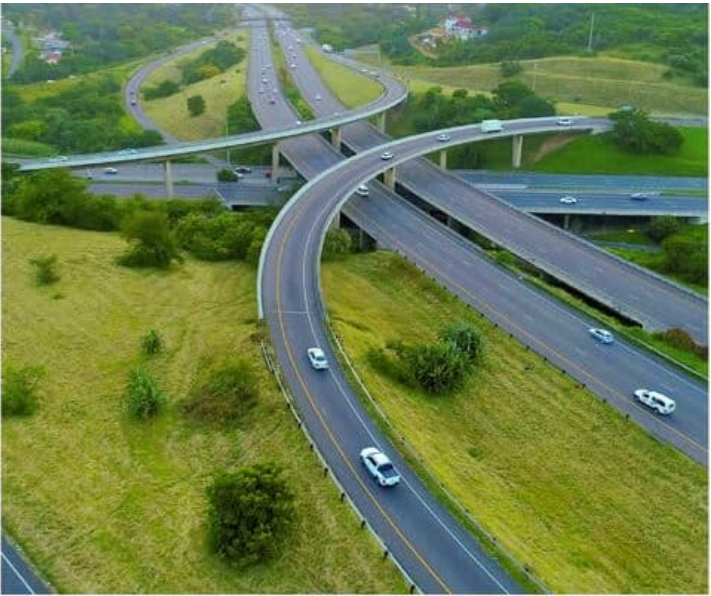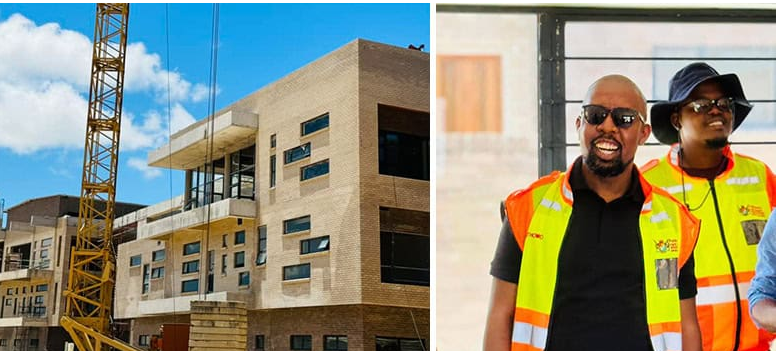Breaking the negative feedback loop to revive the SA economy

Advertising
28-08-2020
Read : 311 times
Daily Maverick
Source
South Africa's economy has been in an unenviable, steady decline over the past decade, despite a thriving global economy. With the crisis compounded by COVID-19, much is now being said and written on what we as a nation should be doing to revive our economic hopes. Could an apparent idiosyncrasy of our stock exchange point the way?
At the ceremony of Renergen’s listing in 2015 someone mentioned that the majority of the listings on the JSE that year were in the property sector. Shortly after that, I received a call from one of my Morgan Stanley alumni, asking why the JSE would give you (by far) the best valuations on a property company as compared to any other global stock exchange.
My curiosity was piqued. Drawing on macro-economic and JSE data, it seemed that property grew as a proportion of the JSE while the business confidence index (BCI) and gross domestic product (GDP) in real terms fell. In addition, there were strong correlations between unemployment and BCI, and between GDP and BCI.
These are all relatively obvious relationships: one expects that when the GDP is growing, BCI is high, and as a result companies expand and create more jobs. Taking the analysis a little further however, we see that the proportion of small-capitalisation stocks compared to property on the JSE also has a very strong correlation with unemployment.
The most interesting relationship that presented itself was a strong feedback loop between the size of the property sector, BCI and GDP, all of which seem to feed off each other. As conditions in the country worsen economically, investors deploy capital to property instead of the real economy to reduce volatility in earnings. While this may be good for the individual fund manager, the broader long-term implications for the economy and country are negative, so breaking this feedback loop is a critical step to getting the trajectory of growth positive.
I propose that breaking this loop can be achieved through a two-pronged approach: by stimulating more investment into the real economy and in particular small-capitalisation companies, and by improving the BCI, the four key pillars of which are power security, currency volatility, declining exports and bolstering a weakened construction sector. I will address each briefly in turn.
Power Security: what most South Africans do not know is that power is very cheap locally, at least at the wholesale level. It is the nineteenth cheapest in the world at the time of writing this paper. Rather sadly, South Africa is also the eighth-worst polluter in the world on a CO2/GDP basis, ranking worse than all the other BIRCS countries. It would be short-sighted for companies locally to believe that the cost of power isn’t going to escalate to levels seen globally, which means that for businesses to be sustainable in the long term they will need to be competitive with higher power costs. This requires investment in more modern and efficient equipment, which may require additional capital; this means companies need faith that the grid will provide consistent power, or that they be allowed to self-generate where possible.
A quick win in this regard would be to capitalise on the growing demand for environmental sustainability. Many companies in South Africa are willing to pay a premium for clean power – sustainability is one of the key focus areas in King IV. Eskom’s primary objection to bringing renewable energy online is its high cost relative to coal, but the alternative, which is new-build coal power stations, come in at an even higher cost than renewables (assuming we could build them on time and budget).
If Eskom were to auction the clean power from REIPPs to the highest bidders at a premium to dirty power, it would become financially viable for Eskom to accept more clean power onto the grid from the private sector whilst making a better return on their distribution network, thus building capacity without using its own massively strained balance sheet. An additional consequence would be a reduction in greenhouse gas emissions and building capacity quickly.
Currency volatility: currencies fluctuate because of investor risk appetite following macro-economic events. In the case of the Rand, it is beyond our control as a country to influence directly due to its perceived status as a proxy currency for other emerging markets. This was painfully evident when the South African Reserve Bank built up an enormous forward book towards the end of the 1990s in an attempt to defend the currency against speculators, and in the process weakened the country’s balance sheet. Over time, however, the Rand will naturally find its level despite how badly oversold or undersold it is in any given crisis. If the economy looks after itself, the currency will follow.
Declining exports: South Africa’s economy desperately needs structural reforms to become globally competitive, but these are not likely to be forthcoming soon. A clear lack of political will and conflicting ideology will ensure that the country continues its mantra of dialogue über alles, which allows it to keep a fine balance between stopping business from taking more drastic measures and hurting the fiscus further (for example by withdrawing from the country or tax revolts), and allowing the voters to hope that more of the shrinking pie will be shared. So, it is incumbent on companies to remedy their own situations and competitiveness within the confines of their circumstances.
To achieve this takes capital. For manufacturers, it takes investment into mechanisation to reduce costs and increase productivity. For firms selling services, it means attracting the best talent internationally. Mining houses have a slightly larger challenge in that mechanisation is very hard given the incredibly strong hold the unions have on the sector, but where investment into more competitive processes – especially self-generation of power – is possible, it should be undertaken.
Of course, that means asking businesses to invest precisely when business confidence is lowest. Breaking the feedback loop will require business to take the proverbial leap of faith. Failure to change will, however, doom many businesses to fail in the long run.
Weakening construction sector: this is one area where the current administration appears to be making progress. The President announced at the end of June 2020 276 impending infrastructure projects which had received funding from “various sources”.
A model which has been used internationally with great success is for government to identify various necessary infrastructure projects, and to establish special purpose vehicles (SPVs) for each. It then provides a guarantee for the equity of the SPVs, and banks and pension funds finance the debt. As soon as the project begins generating cash flow, the equity in the SPVs is automatically sold via auction to the highest bidder(s), releasing the government of its guarantees.
The model has a rather curious benefit in that it becomes a regular source of revenue for the government which it becomes reliant on and therefore rolls out more and faster (another positive feedback loop), and results in significant infrastructure being developed using capital from the private sector. This however requires very strict rules to ensure that the project is sold and does not fall into the ever-increasing portfolio of state-owned entities which may not be sold or privatised. This model does not work if the state retains ownership, tenders are awarded under suspicious conditions or assets are mismanaged prior to disposal.
Addressing some of these BCI pillars is entirely possible and would not cost the fiscus. In fact, it would more than likely result in greater tax collection. For example, the data showed that a sustained 5.4% increase in BCI could add as much as R3.54bn to the fiscus just from an income tax perspective.
I have argued that a decline in business confidence erodes the growth of the economy through declining redeployment of capital resulting from uncertainty. This adversely impacts levels of general employment, which in turn lead to further declining business confidence and further erosion of economic growth in a negative feedback loop. As a consequence, asset managers redirected investment from businesses to property.
But where new funds become available for investment into the stock market, such as through dividends or monthly pension scheme inflows, how can these inflows be directed to maximise the impact on the economy for the greater good? Greater investment in the small-capitalisation index as compared to the listed property sector has a positive relationship with decreasing unemployment and improvements in the overall business confidence, which in turn has a very strong relationship with positive GDP growth.
To this end, why not create a new capital gains tax exemption for specific unit trusts? The unit trust would only be permitted to invest in small-capitalisation companies, and over 90% of the funds in the unit trust would need to be invested to qualify. From the point of view of the fiscus, stimulating small businesses which have a positive impact in breaking the feedback loop seems like a far better prospect than leaving the status quo and risking all the investment going into the property sector or money markets.
Improving confidence will require the public and private sectors to collaborate. The public sector needs to relent on ideology and put its citizen’s livelihoods first by addressing policy uncertainty and taking a firm stance against corruption, while the private sector must take a leap of faith and start reinvesting in the economy and improve operating efficiencies to be globally competitive. DM/BM
Recent News
Here are recent news articles from the Building and Construction Industry.
Have you signed up for your free copy yet?
